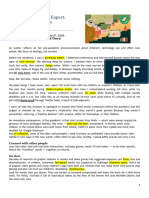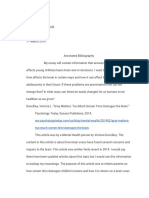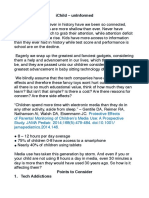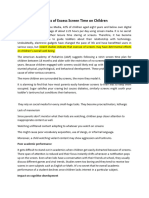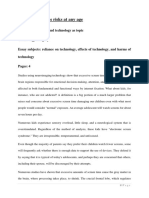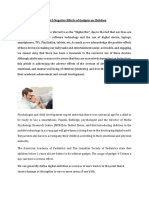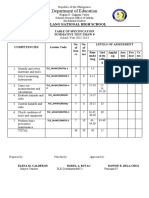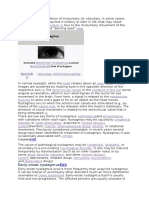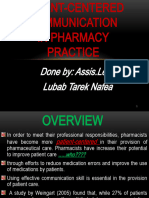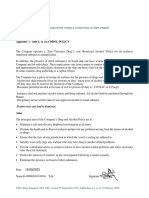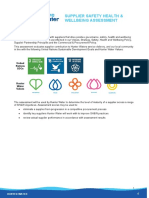0% found this document useful (0 votes)
12 views15 pagesRefined Version Brain Rot 7F
The document discusses 'brain rot,' a condition affecting children due to excessive screen time, leading to cognitive and emotional impairments. It highlights the negative impacts on attention spans, social skills, and emotional regulation, as well as the long-term consequences of developmental delays. The proposed solution is the 'Analog Adventure Campaign,' which encourages screen-free activities through community engagement and gamification.
Uploaded by
AzlanRCopyright
© © All Rights Reserved
We take content rights seriously. If you suspect this is your content, claim it here.
Available Formats
Download as PDF, TXT or read online on Scribd
0% found this document useful (0 votes)
12 views15 pagesRefined Version Brain Rot 7F
The document discusses 'brain rot,' a condition affecting children due to excessive screen time, leading to cognitive and emotional impairments. It highlights the negative impacts on attention spans, social skills, and emotional regulation, as well as the long-term consequences of developmental delays. The proposed solution is the 'Analog Adventure Campaign,' which encourages screen-free activities through community engagement and gamification.
Uploaded by
AzlanRCopyright
© © All Rights Reserved
We take content rights seriously. If you suspect this is your content, claim it here.
Available Formats
Download as PDF, TXT or read online on Scribd
/ 15














